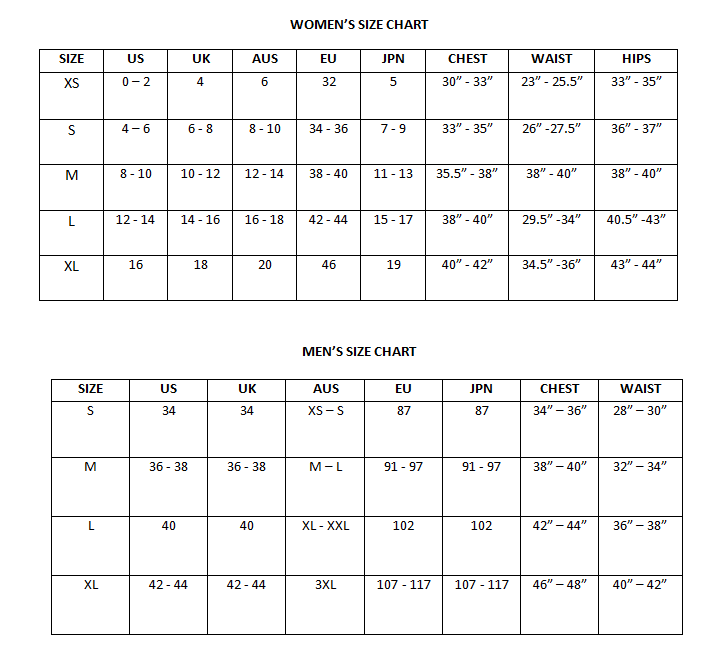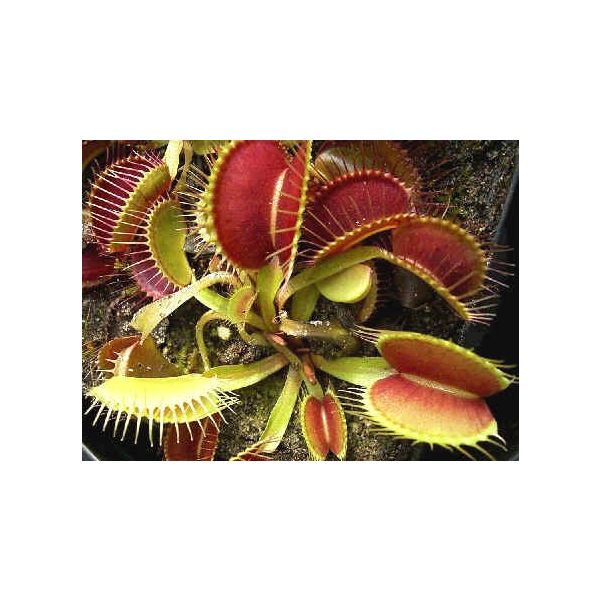Dionaea Muscipula Giant Forms Seeds Mix (Venus Flytrap Seeds)
Dionaea Muscipula Giant Forms Seeds Mix (Venus Flytrap Seeds)
Carnivorous plant that usually digests within 3-5 days.

Delivery
All orders shipped with UPS Express.
Always free shipping for orders over US $250.
All orders are shipped with a UPS tracking number.
Returns
Items returned within 14 days of their original shipment date in same as new condition will be eligible for a full refund or store credit.
Refunds will be charged back to the original form of payment used for purchase.
Customer is responsible for shipping charges when making returns and shipping/handling fees of original purchase is non-refundable.
All sale items are final purchases.
Help
Give us a shout if you have any other questions and/or concerns.
Email: contact@domain.com
Phone: +1 (23) 456 789
Availability: Out of stock
SKU
Dionée Muscipula Formes Géantes
Venus Flytrap is the most well known species of carnivorous plants. It is a low growing perennial herb native to coastal bogs of North and South Carolina. This is a mix of different giant forms, Giant All Red, South-West Giant, XL Clone, Low Giant.
The trap of the Venus Flytrap is one of Nature's most amazing marvels. The outer edges of the two clamshell-like halves are lined with nectar glands and stout bristles. They are normally held open at about a 60ø angle. When an insect is attracted to the sweet nectar and enters the interior of the trap, it brushes against sensitive trigger hairs causing the two halves to close rapidly; much this closing happens within 1/30 of a second. The plant then secretes an enzyme which essentially dissolves the insect, turning it into a digestible dinner. Depending on air temperature and the size of the meal, it is digested and absorbed in 3-5 days. Then, the trap reopens for another dinner guest.
The traps have a limited number of false alarms too, so don't stimulate them too often. Artificially springing the trap drains the plant's energy, if no insect is caught, the energy expenditure is wasted and the plant can soon deteriorate. The closed trap will remain closed for many days afterwards, denying the plant the opportunity to catch further prey, adding to its troubles. After about a 10 false closures they will no longer respond. If you are growing your Venus Flytrap in an area where it does not get anything to eat, you can give it one or two flies or wild caught crickets every month. Never feed your Dionaea hamburger, the fat content in burger will be fatal to your plant.
The perennial Venus Flytrap blooms in May and June with white, five-petaled blossoms which are held a few inches above the foliage. The added bonus of letting them flower is that they will set seeds. About 6-8 weeks after flowering, the ovoid fruiting capsules mature, each releasing many tiny black seeds.
The leaves will reach up to 13 cm long with flat, winged petioles. Dionaea continually renews its leaves; old ones die off, and new ones are produced to replace them. Always keep dead leaves and heads cut off to prevent fungal infections. Dead leaves and heads are a part of this plant's life cycle, and doesn't necessarily mean that the plant is unhealthy.
Hardiness zones 6-8, (-10øC/15øF, -20øC/-5øF) in Winter. They require seasons in order to survive long term. Venus Flytraps need a dormant period of about 3 months in the Winter. The typical heated home is too warm in the Winter. The entire planter may be moved to an area where the temperature will remain between 2øC/35øF and 5øC/40øF. It can be the salad crisper compartment of your refrigerator. Or the bulb may be removed, sprayed with fungicide, wrapped in damp live sphagnum moss, placed in a plastic bag, and moved to a cool area. Then you should check them every few weeks to make sure that there is no fungus starting to grow. When a Venus Flytrap is entering its dormant period, all the tall big growth will die back to a few small leaves or back to just its bulb and root system.
Venus Flytraps are quite easy to grow, as long as they are given the proper conditions, the plants have been know to live for more than 20 years. Use a soil mix consisting of 70% peat moss or sphagnum moss and 30% perlite. You can also pot them in pure peat moss, it's what it grows in in its habitat. Flytraps do not need fertilizer or this will damage the plants; if they live, they will not produce traps, the insects which they consume provide them with all the nutrients they need.
Venus Flytraps need a humid atmosphere with a moist soil. It is a good idea to place a pie pan or large saucer, with about an inch of water in it, under the pot. Elevate the pot by placing pebbles under it so that the base of the pot is barely in contact with the water, not submerged; the growing medium must stay moist, but never soggy. This will keep the humidity around the plant higher and it will ensure that the plant has a constant source of moisture. The humidity should be between 60-80%.
Water must be distilled or rain water because they do not tolerate city or hard water. Venus Flytraps have an active growing and feeding season, from May through October. During this period the soil should be kept constantly damp. During the Winter, keep it just barely moist.
It should be grown in very bright light, the leaves grow much stouter and the traps colour up beautifully, but with protection from full midday sun. Temperatures should be kept between 21øC/70øF, 27øC/80øF.
| Common name | Venus Flytrap Giant Forms |
|---|---|
| Species | Dionaea muscipula ssp. |
| Germination | First, scarify the seeds. It is followed by one month cold stratification before sowing, directly on the surface of your moist but not soaked soil mix. Once it's time to take the seeds out of cold stratification, cover the top of the pot with clear plastic so the humidity will remain high, place them in an area with real nice strong light and keep the temperature between 21øC/70øF, 27øC/80øF. When you see some tiny plants starting to sprout, slowly open the top of the pot, a little each day, so that the new seedlings don't go into shock from the humidity being lowered too quickly. After cold stratification, germination usually occurs in 4-6 weeks, but it can be prolonged up to several months, depending on their degree of unbroken dormancy, don't give up. |
| Scarification / Stratification | This will make the seed coat tiner. Place the seeds on any soft, non-coated paper. Look at the seeds with a magnifying glass or hand lens to see what they look like before scarification. Then lightly roll the sand paper over the seeds. The soft paper will help hold the seeds and the sand paper grit will nick or otherwise remove some of the seed coat. Don't press at all, just use the weight of sanding block. Look to see if the seeds are losing their shine and if the paper is starting to look a little dirty. |
| Price View | Price Range |

